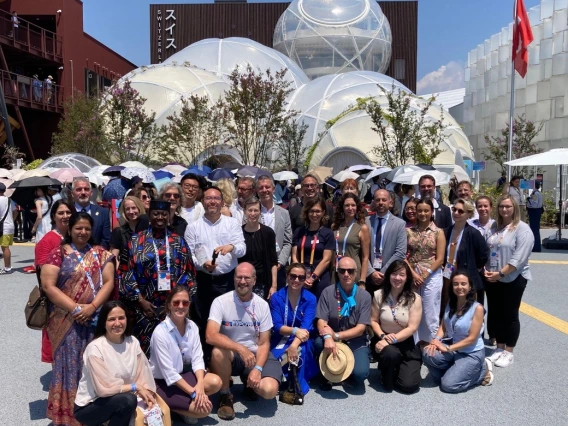CAPLA faculty, students and alumni create projects and other work that are wide-ranging and far-reaching—always with an eye towards a more sustainable built environment.
View summaries and image galleries of this dynamic work:

Gather Light: ARC 201
Students in CAPLA’s ARC 201 studio, guided by faculty including Christopher Domin and others, completed the "Gather Light" project focused on understanding and designing in harmony with the Sonoran Desert environment. Through observation, drawing, and modeling, students explored how light, nature, and architecture interact. Key activities involved studying desert plants, translating their forms into design systems, and developing canopies that filter light and enhance outdoor spaces. The project emphasized hands-on learning, teamwork, and iterative design using 2D and 3D representations to create thoughtful architectural interventions that respect and respond to the desert landscape.
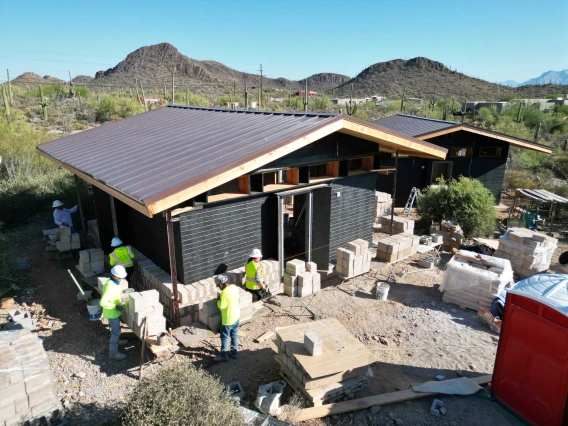
Transforming Cooper Center Cabins Through Sustainable Design
CAPLA students, alumni and faculty are redesigning the Cooper Center’s aging cabins to create more sustainable, student-friendly spaces.
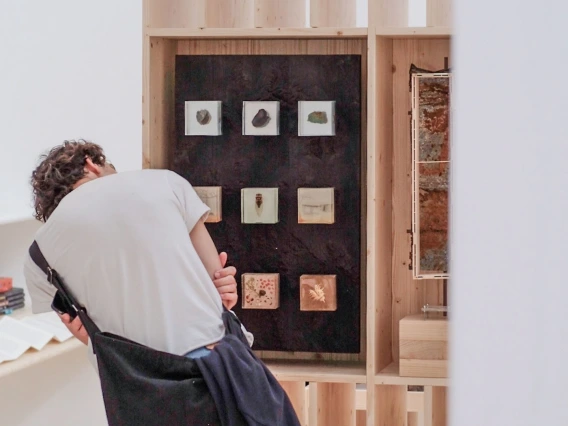
Jesus Robles Showcases Tucson-Inspired Work at the Venice Biennale
Jesus Robles, an Assistant Professor of Practice and co-founder of the architecture studio DUST, was selected to showcase Tucson-inspired work at the 2025 Venice Architecture Biennale, one of the world’s leading platforms for design innovation.

Exploring Urban Challenges: CAPLA Students Engage with Oakland’s Evolving Landscape
Students in the ARC 410F/510F Advanced Studio Urban Design course, part of CAPLA’s Senseable Environments track, recently traveled to Oakland, California, to explore the complex social, economic, and environmental issues shaping the Bay Area.
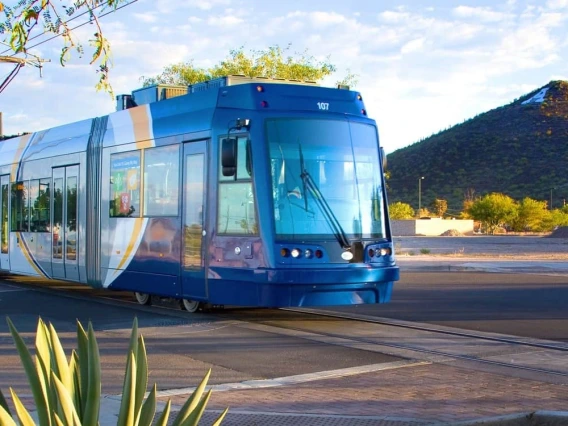
CAPLA Professor’s SunLink Research to be Published in Harvard Law & Policy Review
A new study co-led by CAPLA’s Arthur C. Nelson and the City of Tucson’s Daniel Lawlor finds that the Sun Link streetcar has reshaped Tucson’s growth, economy, and equity since its 2014 launch, driving major real estate investment, population growth, and city revenue gains. The research, to be published in the Harvard Law & Policy Review, highlights the streetcar as a national model for successful urban transit planning.
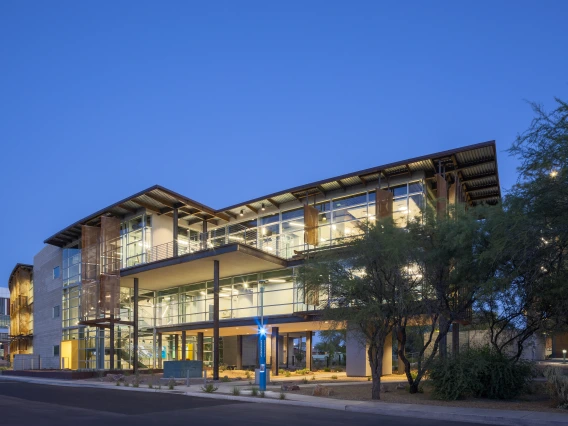
Behind the Design: Andrew Weil Center recognized for outstanding architecture
The University of Arizona’s Andrew Weil Center for Integrative Medicine has been recognized internationally for its innovative design, earning an honorable mention in the 2025 International Architecture Awards. The distinction highlights the university’s commitment to creating spaces that advance health, wellness, and architectural excellence.
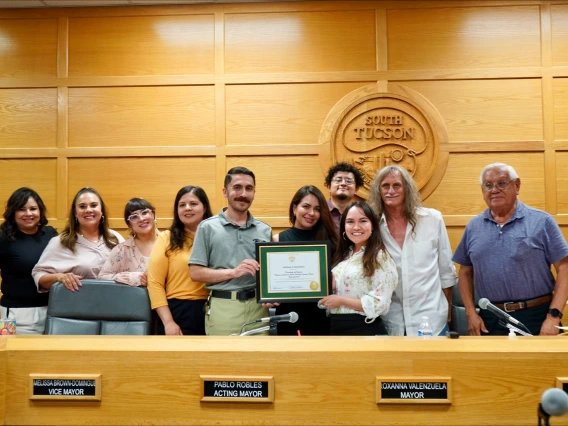
Urban Planning Students Win Statewide Award for City of South Tucson Project
A team of Master of Science in Urban Planning (MSUP) students at CAPLA received the Arizona APA’s Best Student Planning Project Award for their capstone, “Community Investment Strategy Toolkit for the City of South Tucson.”
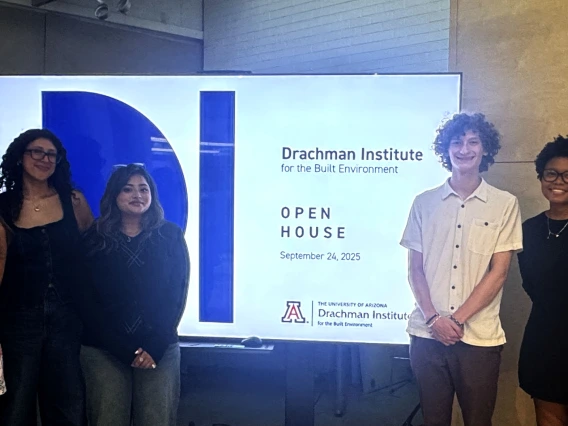
Drachman Institute Launches Community Engaged Scholars Program
CAPLA’s Drachman Institute launched the Drachman Community Engaged Scholars Program this fall, connecting students with faculty mentors to work on projects that directly serve local communities. Funded through Drachman sources, the program supports students with faculty-guided research and monthly workshops on community engagement.
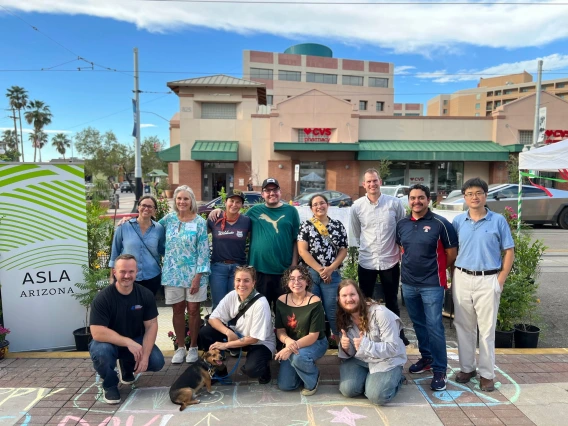
CAPLA Students take on Park(ing) Day 2025
CAPLA students brought creativity and design thinking to global Park(ing) Day on Sept. 19 at Main Gate Square, transforming a parking space into a vibrant public installation themed “Curb the Power: Micro Acts of Civil Joy.” Led by Master of Landscape Architecture student Esmeralda Carrasco, the project featured colorful ground painting, desert-adapted plants, and flexible seating to reimagine urban streets as safer, greener, and more welcoming spaces. Partnering with the City of Tucson and community organizations, students demonstrated how small-scale interventions can spark conversations about design, equity, and the future of Tucson’s streets.
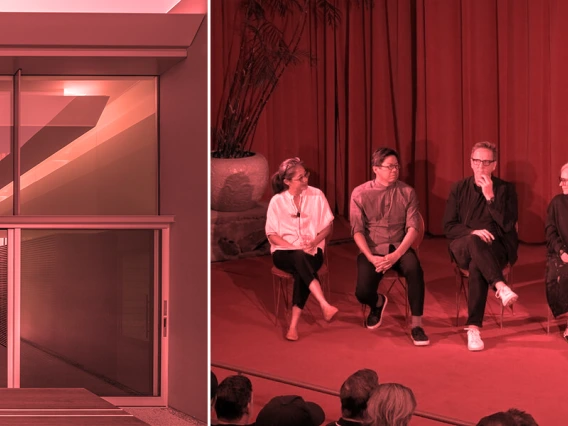
Michael Kothke Featured at ARCHITECT Magazine Forum
Michael Kothke, principal at HK ASSOCIATES and professor at CAPLA, was invited to speak at Reimagining Desert Modernism: The Architecture Shaping Arizona Today, a forum hosted by ARCHITECT Magazine and Marvin Windows at Taliesin West.
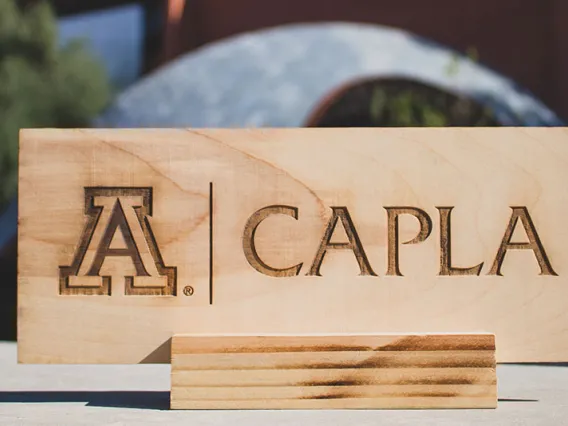
CAPLA announces 2025 Grassroots Seed Grant Awardees
The College of Architecture, Planning and Landscape Architecture has awarded the 2025 Grassroots Seed Grants to three faculty-led projects that advance innovative teaching, research, and creative activity.

